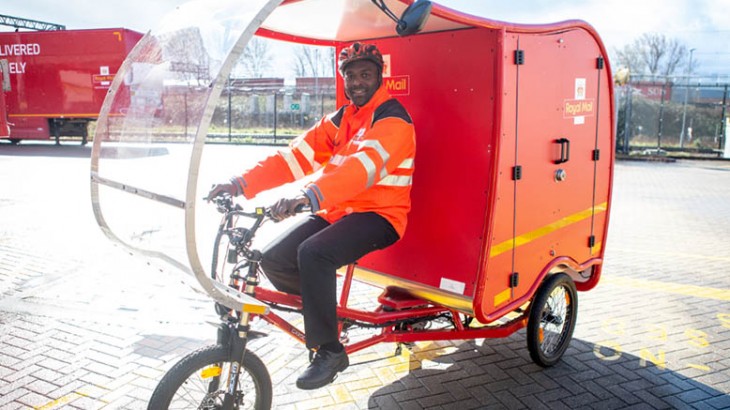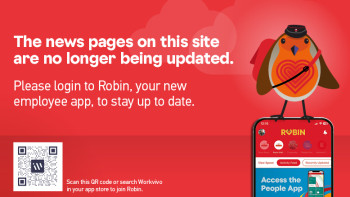Environmentally friendly
Working to reduce our environmental impact

We published our Corporate Responsibility report for 2018-19 last week. The report covers how we manage our impact on the environment.
The scale of Royal Mail’s operations means we have a significant environmental impact. Managing this impact is a strategic imperative for our business. By increasing our efficiency and reducing our use of resources, we can help to control our costs and support business performance. At the same time, we are acting to conserve the natural environment in which we operate.
Did you know?
- Royal Mail operates the largest commercial vehicle fleet in the UK. We have around 48,000 vehicles, including around 2,600 trailers.
- Royal Mail is part of the Optimise Prime consortium, the world’s biggest trial of commercial electric vehicles. As part of the trial, Royal Mail, Centrica and Uber will purchase up to 3,000 electric vehicles and trial depot, home and on-the-road charging solutions. The project will deliver an end-to-end overview of what the switch to electric vehicles means for the cables and substations that deliver electricity to the community, for businesses and for end users.
- Littering of elastic bands is a potential threat to wildlife and the environment, and a cost to our business. In 2018-19 we used around 306 tonnes of elastic bands, 7.1% less than the previous year.
- GLS increased its fleet of alternative fuel vehicles. A further 10 LNG-powered vehicles were added in Italy, which are expected to help reduce GLS Italy’s annual CO2e fleet emissions by 15%
Our performance 2018-19
- We reduced our carbon dioxide (CO2e) emissions by 1%t. Since 2004-05, our emissions have reduced by 29%, exceeding our target to reduce our emissions by 20% by 2020-21.
- We diverted 99% of our waste from landfill, 4% more than our target for the year. We used a combination of reuse, recycling and waste-to-energy initiatives to divert this waste from landfill. We continue our efforts to reduce overall waste volumes by working with customers, suppliers and our people.
- Our water consumption increased in 2018-19 from 2017-18 levels by 15%. This was due to construction activities as well as improved data processes.
Find out more about our Corporate Responsibility report here.



